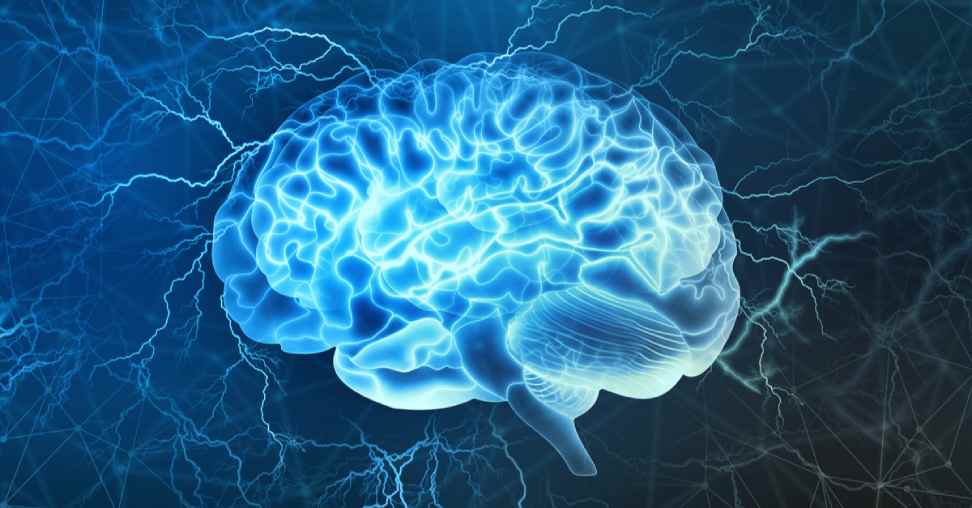Alphaexch247, Kabook Login, VL Book: Numerous studies have shown a direct correlation between excessive screen time and negative effects on mental health. Spending long hours in front of screens, whether on smartphones, computers, or TVs, has been linked to increased feelings of anxiety, depression, and loneliness among individuals of all age groups. The constant exposure to social media platforms and digital content can exacerbate feelings of inadequacy and FOMO (fear of missing out), leading to a decline in overall well-being.
Moreover, the blue light emitted by screens can disrupt the production of melatonin, the hormone responsible for regulating sleep. Prolonged screen time before bedtime has been associated with difficulty falling asleep and poor quality of sleep. This lack of adequate rest can further contribute to mental health issues such as irritability, lack of concentration, and even cognitive impairments over time.
� Excessive screen time has been linked to increased feelings of anxiety, depression, and loneliness
� Constant exposure to social media platforms can exacerbate feelings of inadequacy and FOMO
� Blue light emitted by screens can disrupt the production of melatonin, leading to sleep disturbances
� Difficulty falling asleep and poor quality of sleep can contribute to mental health issues such as irritability and lack of concentration
Understanding the Dopamine Effect on Digital Addiction
With the rise of digital devices and online platforms, understanding the dopamine effect on digital addiction is crucial in comprehending the allure and addictive nature of screen time. Dopamine, often referred to as the “feel-good” neurotransmitter, plays a significant role in our brain’s reward system. When we engage in activities such as scrolling through social media feeds or playing video games, dopamine is released, creating a sense of pleasure and reinforcement.
This release of dopamine creates a cycle of seeking out more digital interactions to replicate that feeling of pleasure, leading to a potential addictive behavior. The instant gratification and constant stimulation provided by digital devices can hijack our brain’s reward system, making it challenging to resist the urge to constantly check notifications or indulge in online activities. Understanding how dopamine influences our behaviors in the digital realm is essential in addressing the growing concern of digital addiction in today’s society.
Identifying Triggers for Excessive Screen Time
Tigerexch247, GX247, Mglionbet: Recognizing the factors that contribute to excessive screen time is crucial in addressing this modern-day challenge. One common trigger is boredom. When individuals feel unstimulated or uninspired, they may turn to their screens as a way to pass the time and seek entertainment. The convenience of smartphones and access to endless content make it easy to fall into the trap of using screens to fill moments of boredom without considering the longer-term consequences.
Another trigger for excessive screen time is emotional distress. For many people, screens serve as a temporary escape from negative emotions or stressful situations. Whether it’s scrolling through social media to distract oneself from anxiety or binge-watching TV shows to avoid dealing with feelings of sadness, using screens as a coping mechanism can lead to prolonged periods of device usage. Understanding these triggers is essential in developing strategies to promote healthier screen habits and prioritize mental well-being.
How does excessive screen time impact mental health?
Excessive screen time has been linked to increased levels of anxiety, depression, and other mental health issues.
What is the dopamine effect on digital addiction?
The dopamine effect refers to the way our brains release dopamine when we engage in activities like using screens, leading to a sense of pleasure and reinforcement of the behavior.
How can I identify triggers for excessive screen time?
Some common triggers for excessive screen time include boredom, stress, loneliness, and habit. Paying attention to when and why you reach for your device can help you identify your specific triggers.

